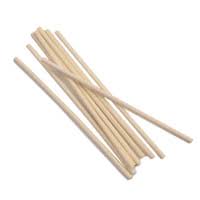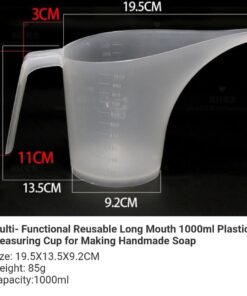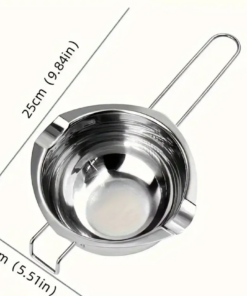Neoprene Gloves – Medium Size
R93,35 Original price was: R93,35.R45,00Current price is: R45,00.
Neoprene gloves are a type of protective glove made from neoprene, a synthetic rubber material known for its durability, resistance to various chemicals, and flexibility. These gloves are widely used in various industries and applications where hand protection is essential.
29 in stock
Key Features:
- Chemical Resistance: Neoprene gloves offer excellent resistance to a wide range of chemicals, including acids, oils, solvents, and caustics. This makes them suitable for tasks involving exposure to hazardous substances.
- Durability: Neoprene is a highly durable material that can withstand wear and tear, making these gloves long-lasting and cost-effective.
- Flexibility: Neoprene gloves are known for their flexibility, allowing for ease of movement and dexterity. This makes them suitable for tasks that require precise hand movements.
- Water Resistance: Neoprene is inherently water-resistant, which means these gloves can be used in wet or damp environments without losing their effectiveness.
- Protection from Abrasions: These gloves provide protection against minor abrasions and cuts, making them suitable for tasks where sharp objects or rough surfaces are involved.
- Comfortable Fit: Neoprene gloves are designed to provide a snug and comfortable fit, reducing hand fatigue during extended use.
- Versatile Applications: They are used in a variety of industries, including chemical processing, laboratory work, manufacturing, automotive, and healthcare.
- Latex-Free: Neoprene gloves are latex-free, which is beneficial for individuals with latex allergies.
When choosing neoprene gloves, it’s important to consider factors such as glove thickness, length (whether they are wrist-length or longer), and the specific chemical resistance requirements for your task. It’s also essential to select the appropriate size to ensure a comfortable and secure fit.
Neoprene gloves are an excellent choice for protecting your hands in environments where chemical exposure, abrasions, or other potential hazards exist. Always follow safety guidelines and use the appropriate type of glove for your specific work conditions.
| Weight | 0,050 kg |
|---|---|
| Dimensions | 10 × 5 × 5 cm |











